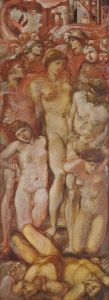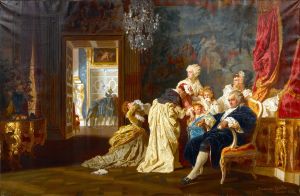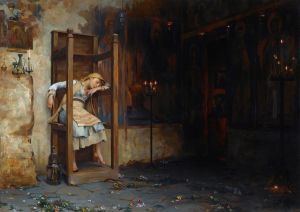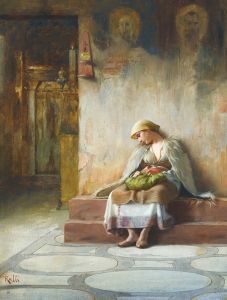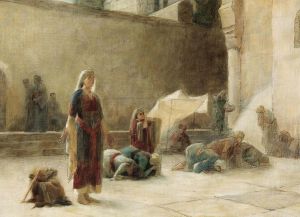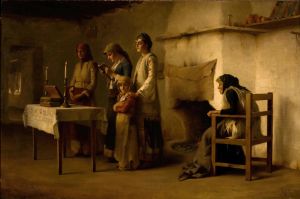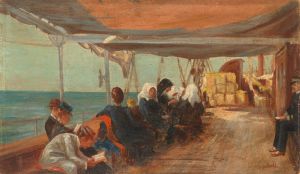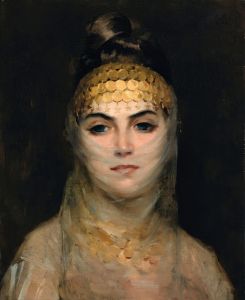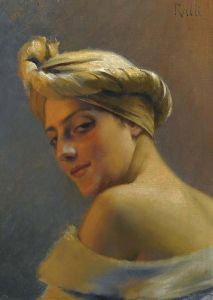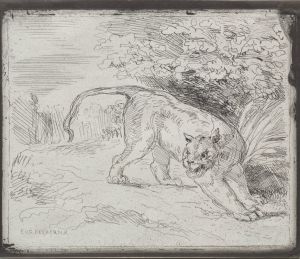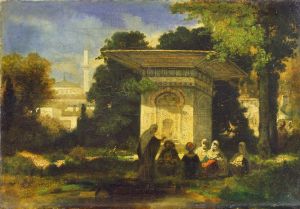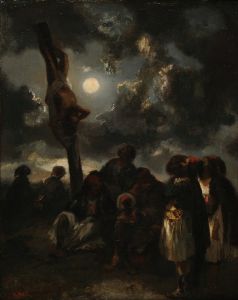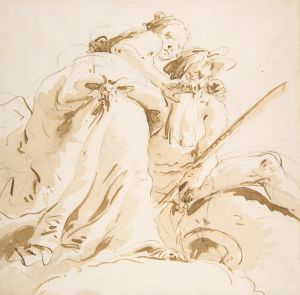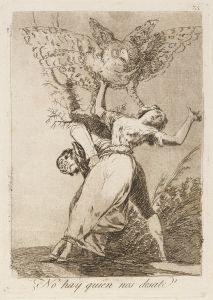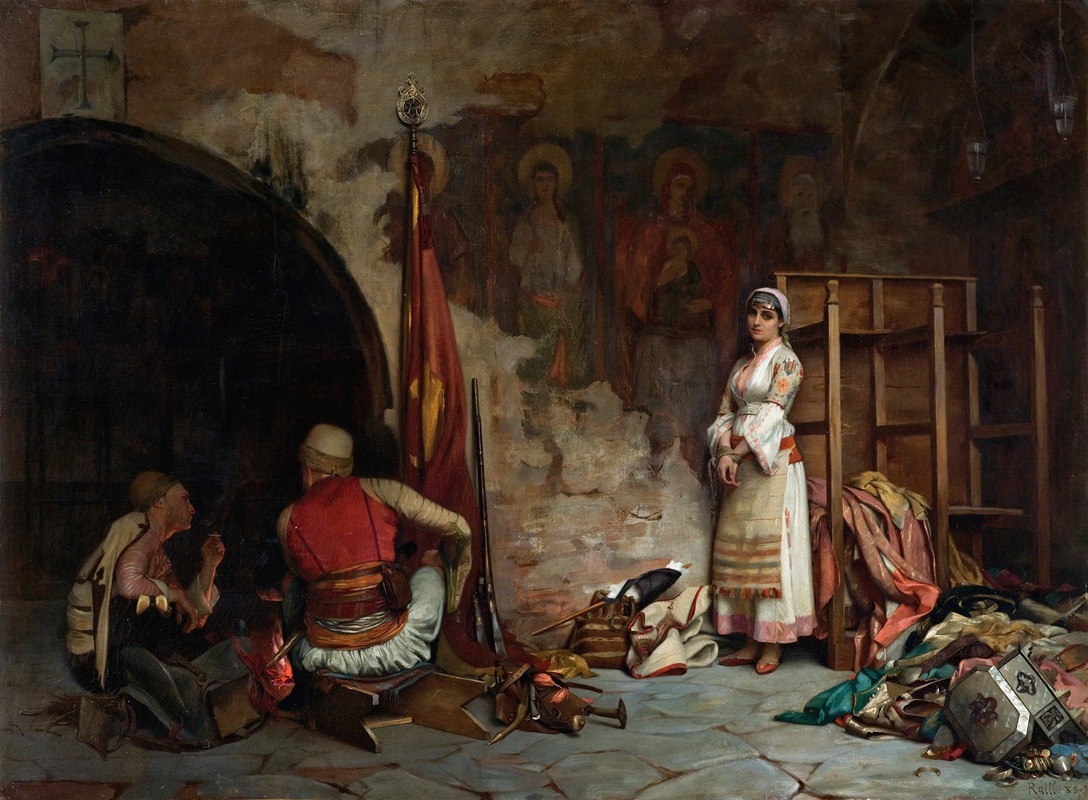
The Captive
A hand-painted replica of Theodoros Ralli’s masterpiece The Captive, meticulously crafted by professional artists to capture the true essence of the original. Each piece is created with museum-quality canvas and rare mineral pigments, carefully painted by experienced artists with delicate brushstrokes and rich, layered colors to perfectly recreate the texture of the original artwork. Unlike machine-printed reproductions, this hand-painted version brings the painting to life, infused with the artist’s emotions and skill in every stroke. Whether for personal collection or home decoration, it instantly elevates the artistic atmosphere of any space.
The Captive is a painting by the Greek artist Theodoros Ralli, who was known for his orientalist works during the late 19th and early 20th centuries. Ralli was born in Constantinople (now Istanbul) in 1852 and later moved to Paris, where he studied under the renowned French painter Jean-Léon Gérôme. Ralli's works often depicted scenes from the Middle East and North Africa, capturing the exoticism and romanticism that characterized the orientalist movement in European art.
The Captive is one of Ralli's notable works, showcasing his skill in rendering detailed and evocative scenes. The painting is an example of Ralli's interest in the themes of captivity and the exotic, which were common in orientalist art. The painting portrays a scene that is both dramatic and intimate, focusing on the emotional and physical state of the captive figure.
Ralli's technique in The Captive demonstrates his mastery of light and shadow, as well as his attention to detail. The textures of the fabrics, the expressions on the faces, and the play of light across the scene are all rendered with precision, drawing the viewer into the narrative of the painting. The use of color is also significant, with rich, warm tones that enhance the exotic atmosphere of the work.
The orientalist movement, of which Ralli was a part, was characterized by a fascination with the cultures and landscapes of the East, often romanticizing and idealizing them. This movement was influenced by the increased contact between Europe and the East during the 19th century, as well as by the colonial interests of European powers. Artists like Ralli sought to capture the allure and mystery of these distant lands, often through a Western lens that emphasized their perceived exoticism.
While The Captive is a product of its time, reflecting the orientalist tendencies of the period, it also stands as a testament to Ralli's artistic abilities and his contribution to the genre. His works are noted for their technical skill and their ability to convey complex narratives and emotions. Ralli's paintings, including The Captive, have been exhibited in various galleries and collections, contributing to the appreciation of orientalist art.
Theodoros Ralli's legacy as an artist is marked by his ability to blend the academic training he received in Paris with his personal experiences and observations of the East. His works continue to be studied and appreciated for their artistic merit and their place within the broader context of 19th-century European art.
In summary, The Captive by Theodoros Ralli is a significant work within the orientalist genre, exemplifying the artist's technical skill and thematic interests. Through its detailed depiction and evocative narrative, the painting offers insight into the cultural and artistic exchanges between Europe and the East during the late 19th century.





